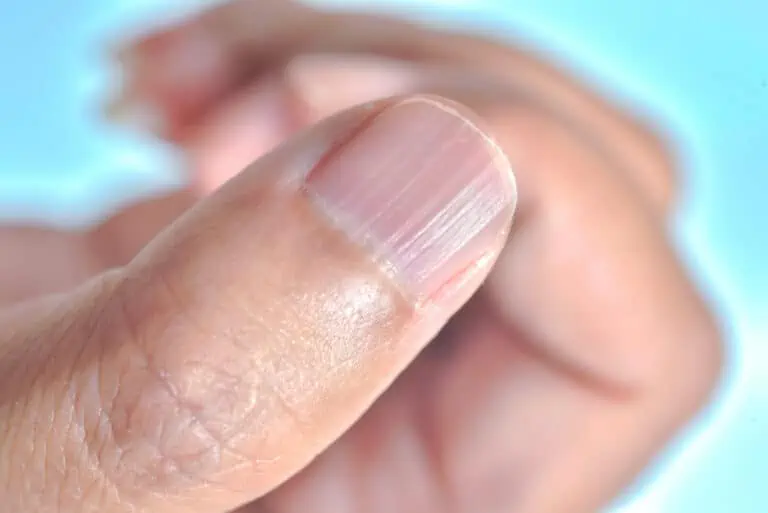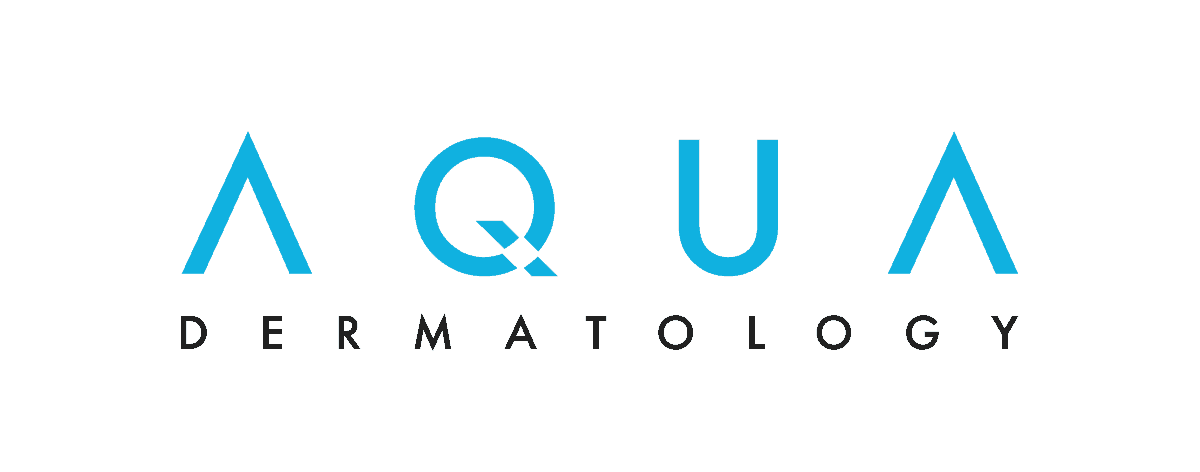Fingernail Ridges: What Causes Them?

Your nails may hold subtle clues to your overall health. So, what does it mean if you have fingernail ridges? They’re not uncommon, especially with age, and usually, they’re nothing to worry about. Occasionally, however, vertical ridges on nails can be a sign of an underlying medical issue, as can deeper horizontal ridges on nails. What exactly do ridges indicate? Read on for answers and to learn how to get rid of ridges on nails.
Why do my nails have ridges?
The causes of vertical and horizontal fingernail ridges are different, so check out the possible causes for the type of ridges you have.
Causes of vertical ridges on nails
Aging is one of the most common causes of tiny vertical nail ridges (onychorrhexis), which extend from the bottom of the nail to the tip. Most people have some faint vertical nail ridges when they’re younger. The ridges may become more pronounced over time as the nails naturally get thinner and more brittle.
Sometimes, vertical ridges on nails are a sign of vitamin deficiency or other nutrient deficiency. You may notice them if you have an eating disorder or if you’re low in nutrients such as iron, folic acid (vitamin B9) or protein.
Health conditions that can cause vertical fingernail ridges include:
- Dry skin accompanied by dehydration of the nail plate
- Psoriasis, lichen planus and other inflammatory skin conditions
- Hypothyroidism
- Rheumatoid arthritis
- Rare diseases such as amyloidosis and Witkop syndrome
Repeated trauma to the nails during manicures or pedicures and chemicals found in nail polish removers and cuticle softeners can also make vertical nail ridges more visible.
Causes of horizontal ridges on nails (Beau’s lines)
Grooves or indentations running across your nail are called Beau’s lines. You may have a single groove on a single nail or one or more grooves on all your nails.
Horizontal nail ridges usually develop when nail growth is disrupted by something. Nail trauma is one possible culprit—maybe you closed a door on your finger or dropped something heavy on your toe. Using artificial nails or getting gel manicures for long periods can also harm the nails and lead to horizontal ridges.
Medical causes of Beau’s lines include:
- Eczema
- Psoriasis
- Zinc or protein deficiency
- Extreme emotional stress or anxiety
- Conditions that interfere with blood flow to the nail, including peripheral vascular disease, diabetes, hypothyroidism and Raynaud’s disease
- Chronic kidney disease
- Severe illness from pneumonia, strep, COVID-19 or another infection
- Chemotherapy
How to get rid of ridges on nails
Make an appointment with your dermatologist if you’ve developed fingernail ridges or any other nail changes. Chances are they’re nothing to worry about, but it’s important to determine if there’s a medical cause that requires treatment, especially if you have horizontal nail ridges.
Treating or managing the underlying medical condition or nutrient deficiency usually allows smoother, healthier nails to grow in. It may take several months to see a difference, since fingernails grow only a few millimeters per month and toenails grow even slower. If you have horizontal ridges caused by an illness or other short-term issue, the ridges should grow out with the nail plate over time.
Unfortunately, it’s not possible to get rid of age-related nail ridges. Using a nail buffer can smooth them a bit, but if you buff too often—say, more than once a month—you can weaken the nails. Still, there are several things you can do to avoid dry, brittle nails, which make ridges look more pronounced.
- Apply a heavy moisturizing cream to your nails and cuticles during the day and before going to bed (cover your hands and feet with thin cotton gloves and socks to protect your sheets).
- Don’t bite or pick at your nails or cuticles.
- Don’t cut your cuticles or push them back.
- Wear gloves when you’re working with harsh products such as household cleaners.
- Take breaks from gel manicures and artificial nails, which can dry out and weaken nails.
- When you cut your nails, stick to traditional shapes: Fingernails should be trimmed in a curved shape and toenails should be cut straight across.
Medically reviewed by Stephanie McNamara, MD
Written by Jessica Brown, a health and science writer/editor based in Nanuet, New York. She has written for Water’s Edge Dermatology, Prevention magazine, jnj.com, BCRF.org, and many other outlets.


